Buy this painting Watercolour Painting Groenburgwal Huizen Blue hour Amsterdam by Hendrik-Jan Kornelis as a reproduction on canvas, ArtFrame, poster and wallpaper, printed on demand in high quality.
About "Watercolour Painting Groenburgwal Huizen Blue hour Amsterdam"
by Hendrik-Jan Kornelis
About the artwork
A Watercolour Painting of the Groenburgwal Houses during the Blue Hour in Amsterdam Netherlands.
The Groenburgwal is an Amsterdam canal that connects the Raamgracht to the Amstel River. The Groenburgwal lies parallel to the Kloveniersburgwal and the Zwanenburgwal, in the shadow of the tower of the Zuiderkerk
Until late in the 16th century, the area between Kloveniersburgwal and Zwanenburgwal was still "the area outside the fortress near the Amstel". In 1593, the area was annexed to the city.
Cloth weaving mills were located here, where wool was washed, carded and spun in order to weave a cloth fabric, which after being fulled and dyed was stretched on wooden frames (called cloth frames) to dry and stretch. The names of nearby Raamgracht, the Raamsloot dug in 1537 near the Rusland, and Verversstraat (1593) recall those activities.
In the early 17th century, the Amstel between Kloveniersburgwal and Groenburgwal and, somewhat later, the 's Gravelandse Veer, between Groenburgwal and Blauwbrug, were plied. Around that time, the name Groenburgwal also came into being; green dye works were specifically located here.
The name Groenburgwal is due to the fact that it was the first canal with trees. Placing trees was not common at first.

About Hendrik-Jan Kornelis
As a child, there was already a predilection for visual art. As a technician, I was always creative in products, services and working methods. In later years, more time was taken for my art (photography) passion... Read more…
 Germany
Germany Ordered in May 2025
Ordered in May 2025
 Germany
Germany Ordered in December 2022
Ordered in December 2022
 Netherlands
Netherlands Ordered in March 2021
Ordered in March 2021
 Germany
Germany Ordered in December 2019
Ordered in December 2019
 Netherlands
Netherlands Ordered in June 2022
Ordered in June 2022
 Germany
Germany Ordered in April 2020
Ordered in April 2020
 Germany
Germany Ordered in September 2021
Ordered in September 2021
 Germany
Germany Ordered in September 2023
Ordered in September 2023
 Netherlands
Netherlands Ordered in February 2021
Ordered in February 2021
 Netherlands
Netherlands Ordered in August 2019
Ordered in August 2019
 Germany
Germany Ordered in October 2024
Ordered in October 2024
 Netherlands
Netherlands Ordered in February 2019
Ordered in February 2019
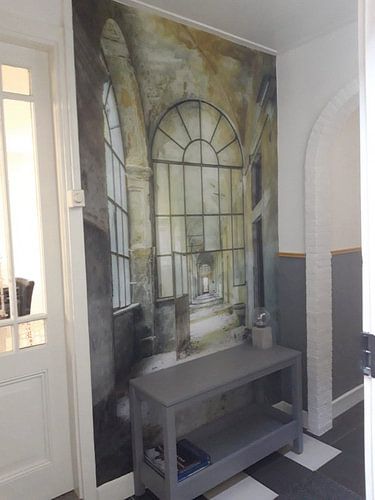
About the material
ArtFrame™
Interchangeable Art Prints
- High-quality print
- Easily interchangeable
- Acoustic function
- Large sizes available
Discover the artworks of Hendrik-Jan Kornelis
 Prinsengracht 322 AmsterdamHendrik-Jan Kornelis
Prinsengracht 322 AmsterdamHendrik-Jan Kornelis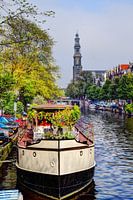 Westerkerk Amsterdam with boatHendrik-Jan Kornelis
Westerkerk Amsterdam with boatHendrik-Jan Kornelis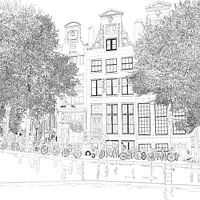 Pen Drawing Herengracht 392 Amsterdam SquareHendrik-Jan Kornelis
Pen Drawing Herengracht 392 Amsterdam SquareHendrik-Jan Kornelis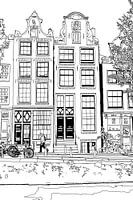 Drawing Brouwersgracht 48 AmsterdamHendrik-Jan Kornelis
Drawing Brouwersgracht 48 AmsterdamHendrik-Jan Kornelis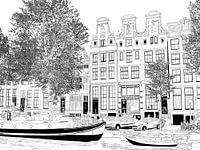 Drawing Herengracht 51-65 AmsterdamHendrik-Jan Kornelis
Drawing Herengracht 51-65 AmsterdamHendrik-Jan Kornelis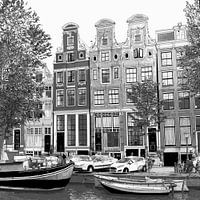 Watercolor Drawing Herengracht 51-65 AmsterdamHendrik-Jan Kornelis
Watercolor Drawing Herengracht 51-65 AmsterdamHendrik-Jan Kornelis Panorama Leidsegracht / Keizersgracht AmsterdamHendrik-Jan Kornelis
Panorama Leidsegracht / Keizersgracht AmsterdamHendrik-Jan Kornelis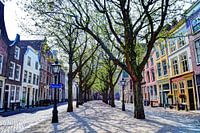 Hooglandse Kerkgracht Leiden The NetherlandsHendrik-Jan Kornelis
Hooglandse Kerkgracht Leiden The NetherlandsHendrik-Jan Kornelis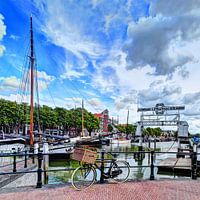 Nieuwe Haven Dordrecht NetherlandsHendrik-Jan Kornelis
Nieuwe Haven Dordrecht NetherlandsHendrik-Jan Kornelis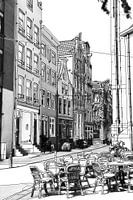 Noordermarkt Drawing AmsterdamHendrik-Jan Kornelis
Noordermarkt Drawing AmsterdamHendrik-Jan Kornelis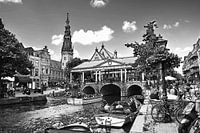 Drawing of City Hall and Kroonbrug Leiden NetherlandsHendrik-Jan Kornelis
Drawing of City Hall and Kroonbrug Leiden NetherlandsHendrik-Jan Kornelis Pen drawing Southern church Amsterdam KloveniersburgwalHendrik-Jan Kornelis
Pen drawing Southern church Amsterdam KloveniersburgwalHendrik-Jan Kornelis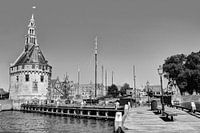 Hoorn Noord-Holland The Netherlands PortHendrik-Jan Kornelis
Hoorn Noord-Holland The Netherlands PortHendrik-Jan Kornelis Panorama Hoorn Oude Haven Kruittoren North Holland NetherlandsHendrik-Jan Kornelis
Panorama Hoorn Oude Haven Kruittoren North Holland NetherlandsHendrik-Jan Kornelis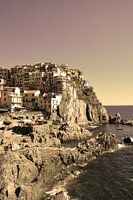 Cinque Terre Tuscany Italy OldHendrik-Jan Kornelis
Cinque Terre Tuscany Italy OldHendrik-Jan Kornelis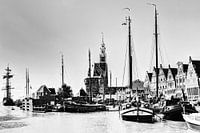 Hoorn Port North Holland Netherlands Black and WhiteHendrik-Jan Kornelis
Hoorn Port North Holland Netherlands Black and WhiteHendrik-Jan Kornelis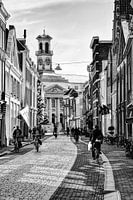 Town hall of Dordrecht Netherlands Black and WhiteHendrik-Jan Kornelis
Town hall of Dordrecht Netherlands Black and WhiteHendrik-Jan Kornelis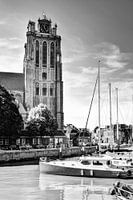 Our Lady Church in Dordrecht Netherlands Black and WhiteHendrik-Jan Kornelis
Our Lady Church in Dordrecht Netherlands Black and WhiteHendrik-Jan Kornelis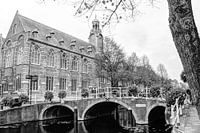 Nonnenbrug with Academy building Leiden Netherlands Black and whiteHendrik-Jan Kornelis
Nonnenbrug with Academy building Leiden Netherlands Black and whiteHendrik-Jan Kornelis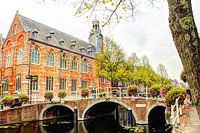 Nonnenbrug with Academy Building Leiden NetherlandsHendrik-Jan Kornelis
Nonnenbrug with Academy Building Leiden NetherlandsHendrik-Jan Kornelis
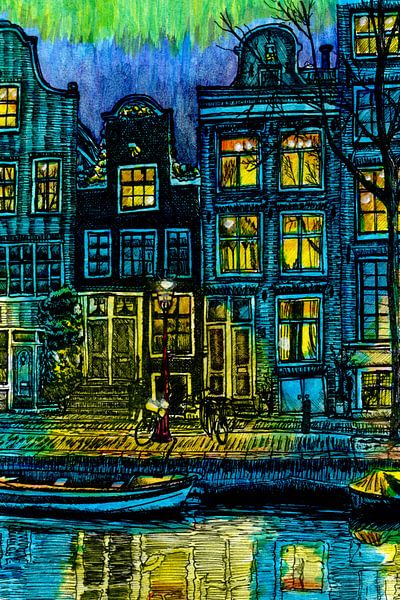


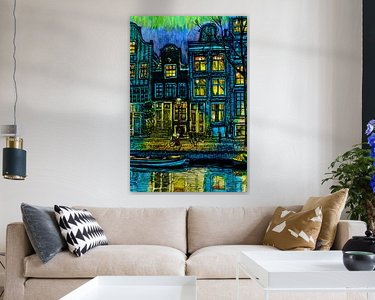


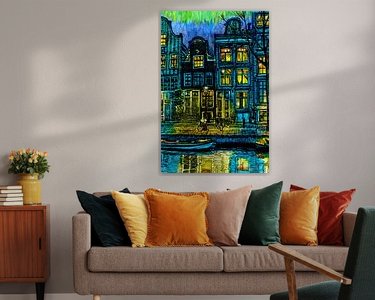

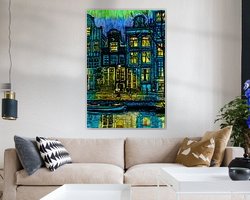

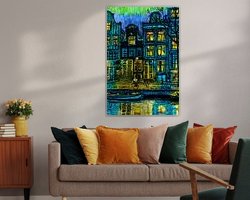

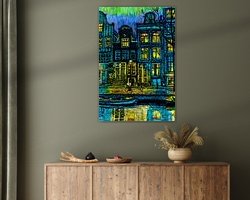
 Amsterdam
Amsterdam Architecture
Architecture Blue hour
Blue hour Church
Church Line drawings
Line drawings Nostalgic Memories
Nostalgic Memories Serene Peace
Serene Peace The Netherlands
The Netherlands Vibrant Colors
Vibrant Colors Watercolour
Watercolour Zuiderkerk
Zuiderkerk









